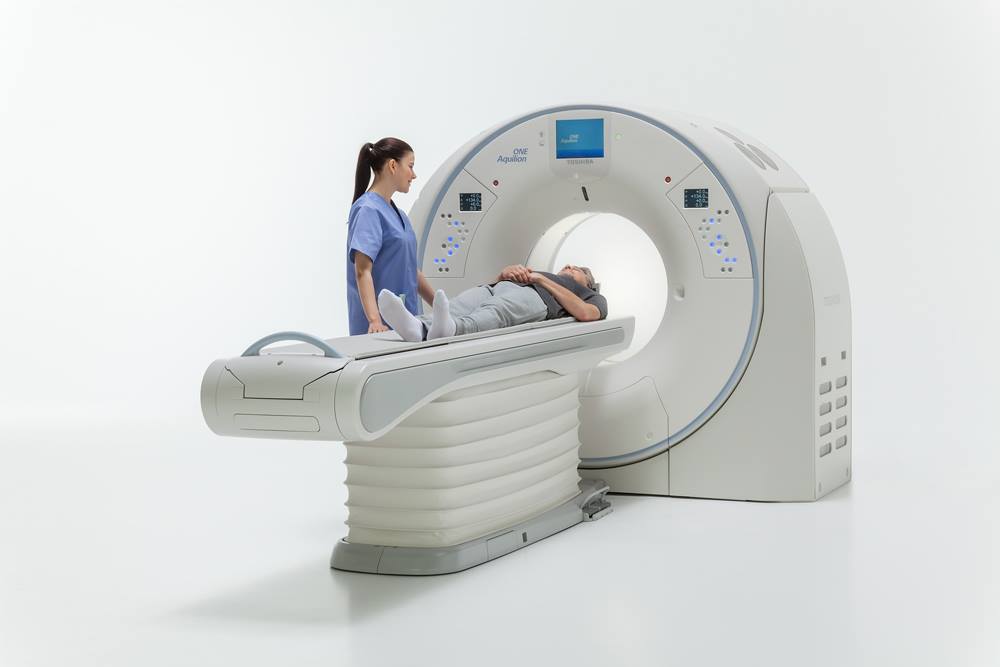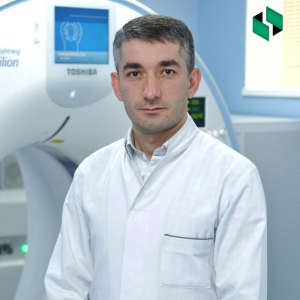A CT scan is a sophisticated X-ray test, which produces multiple images of the inside of the body. It can give quite detailed picture of body's soft tissues, internal organs, blood vessels, brain and bones.
The cross-sectional images generated during a CT scan can be reformatted in multiple planes, and can even generate three-dimensional images. These images can be viewed on a computer monitor, printed on film or transferred to a CD or DVD.
Using specialized equipment and expertise to create and interpret CT scans of the body, radiologist can more easily diagnose problems such as cardiovascular, inflammatory, infectious disease, musculoskeletal disorders, internal bleeding, trauma, cancer and etc.
In addition, CT examination is used to:
-Guide biopsies and other interventional procedures such as abscess drainages and minimally invasive tumor treatments.
-Plan for and assess the results of surgery, such as organ transplants or gastric bypass.
-Stage, plan and properly administer radiation treatments for tumors as well as monitor response to chemotherapy.
-Measure bone mineral density for the detection of osteoporosis.
CT scanning is fast, painless, noninvasive and accurate. It's is cheaper and less sensitive to patient movement than MRI.
Some risk you should take into consideration:
-During CT scan you get small amount of radiation, so it is not recommended for pregnant woman.
-Because children are more sensitive to radiation, they should have a CT exam only if it is essential for making a diagnosis and should not have repeated CT exams unless absolutely necessary.
-If you need to get intravenous contrast during the CT scan it is absolutely necessary to check renal function.





